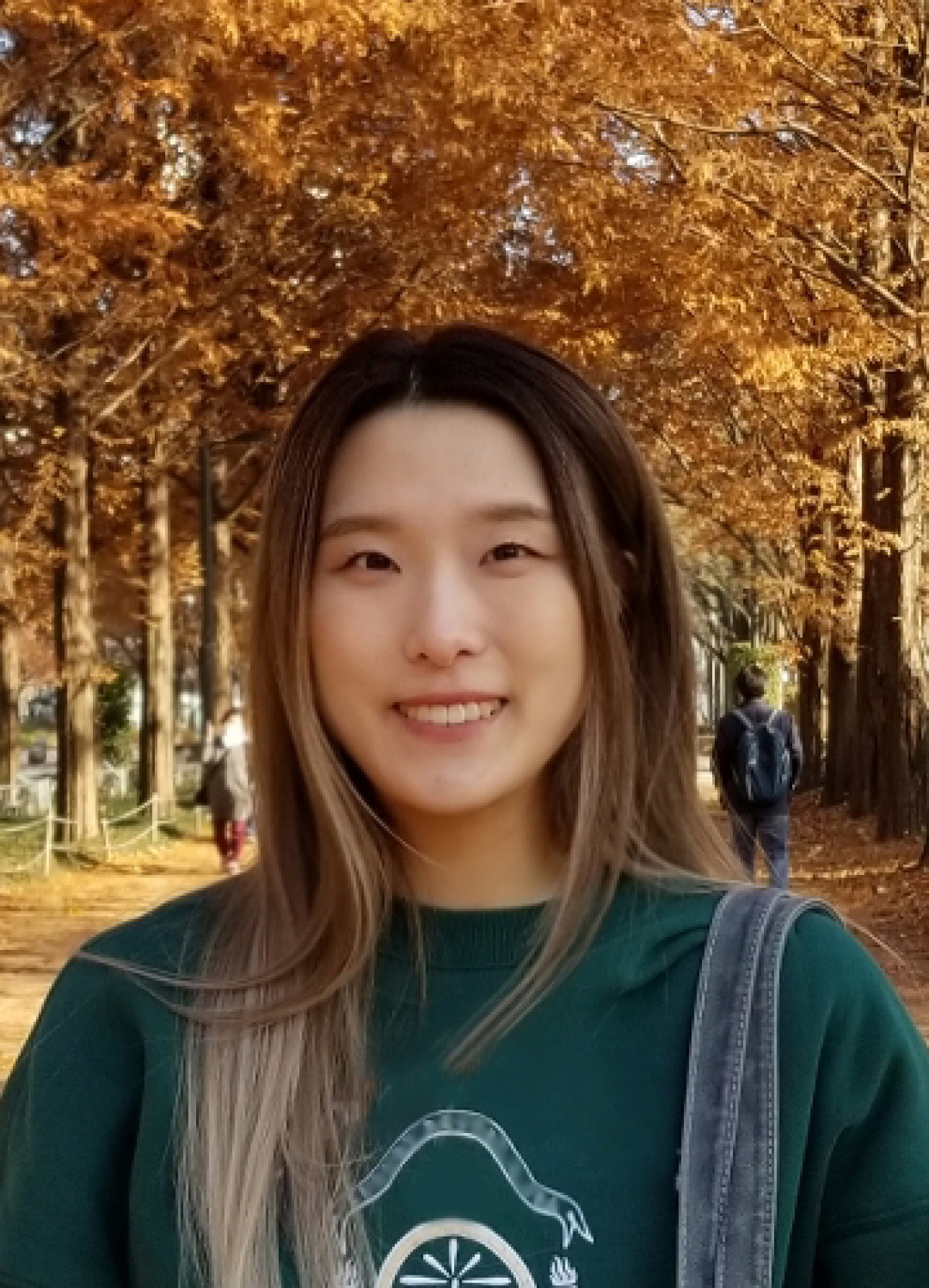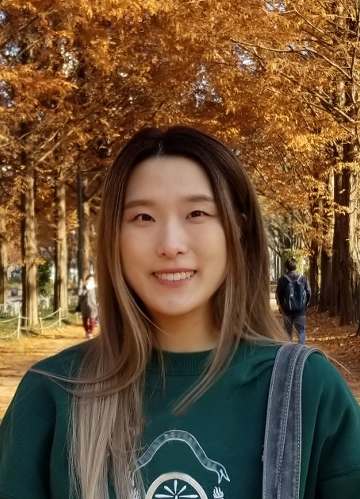Dark Matter Day is on October 31, and here is how the minds at the U.S. Department of Energy’s (DOE) national labs have been shining a light on this mystery of physics.
October 29, 2021The Milky Way is just one galaxy in hundreds of billions others in the Universe. Yet, the combination of stars, exoplanets, comets, asteroids, and space dust within these galaxies is believed to make up only 5% of total matter and energy in the Universe. The other 95%? Dark energy and dark matter — an obscure substance only identified through its gravitational interactions with ordinary matter.
Dark Matter Day is on October 31, and to celebrate see how the minds at the U.S. Department of Energy’s (DOE) national labs have been shining a light on this mystery of physics.
Dark matter constitutes approximately 27% of the universe, and very little is known about it. Scientists are more certain on what dark matter is not, rather than what it is.
“If we have to, we’ll find out what dark matter is by crossing off every single thing that it isn’t,” said Andrea Albert, astrophysicist at the Los Alamos National Laboratory (LANL).
Hear more about Dr. Albert’s work in this video for Dark Matter Day in collaboration with CBS’s Mission Unstoppable, an effort to broaden gender diversity in STEM fields.
Scientists have looked at gamma rays, the smallest and highest energy wavelengths of the electromagnetic spectrum, to learn more about dark matter. Researchers theorize that colliding dark matter particles should produce these rays, and the LANL in New Mexico is using its High-Altitude Water Cherenkov (HAWC) Gamma-ray Observatory to detect them.
To the west of LANL, SLAC National Accelerator Laboratory in California is also employing tools to detect gamma rays. The lab’s Fermi Large Area Telescope (LAT) searches for gamma ray radiation in regions of the universe rich in dark matter, such as the center of the Milky Way. Another team at SLAC has been making a prototype of the Dark Matter Radio meant to detect axions — theorized particles that are likely candidates for dark matter.
DOE’s Fermilab is also researching axions. The Illinois lab’s Axion Dark Matter Experiment (ADMX) brings together scientists from 10 institutions across the U.S. and the United Kingdom to hunt for axions. Another collaboration by Fermilab with the University of Chicago has employed quantum technology to create devices called qubits, meant to detect signals of axions and hidden photons.
Yet another theorized particle for dark matter, besides gamma rays and axions, is WIMPs (weakly interacting massive particles). To hunt for signals between WIMPs, DOE’s Berkeley Lab is building the LUX-ZEPLIN (LZ) 4,850 feet below the surface. This is a necessity to block out the aboveground ricocheting of cosmic rays of protons and electrons, and for the sensitive LZ to only detect the presence of WIMPs.
Hear more about this Lab’s work from Sinéad Griffin, a physicist at Berkeley Lab.
Though the task of learning the nature of dark matter remains astronomical, the scientists at DOE’s national labs are looking for the truth, one particle at a time.
For more highlights on our work on dark matter, listen to our Direct Current podcast “A Shot in the Dark” episode.
Author’s Note: This blog was updated on May 5, 2023 to remove a broken hyperlink to Andrea Albert’s quote.
Natalie Seo

Natalie Seo was most recently a program analyst at the National Nuclear Security Administration, where she worked to deliver strategic communication efforts for the agency.
Prior to that, she researched sustainability solutions at the U.S. Green Chamber of Commerce, assisted with podcast production at Living on Earth, and wrote articles for the Voice of America at its News Center hub and Korean Service. Seo holds a B.A. in Psychology from the University of Virginia.


